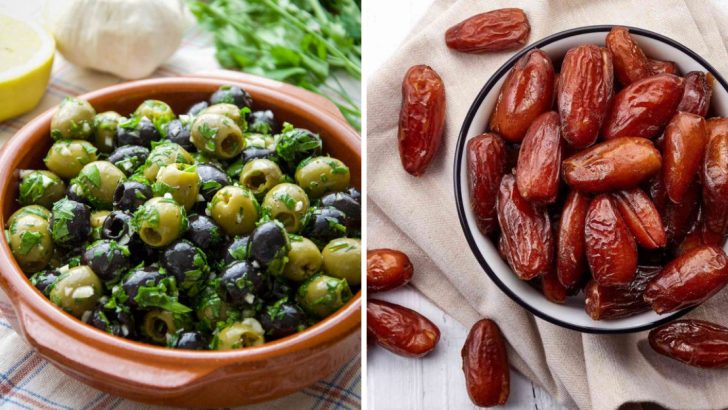Olives, figs, and lentils might sound like trendy staples, but they’ve been gracing tables for thousands of years. Long before modern diets and foodie fads, these humble ingredients were nourishing bodies and anchoring traditions.
Rooted in scripture and rich with meaning, many biblical foods remain part of our everyday meals—often without us even realizing it. Their lasting appeal is more than just flavor; it’s a connection to history, culture, and something deeper.
1. Leeks
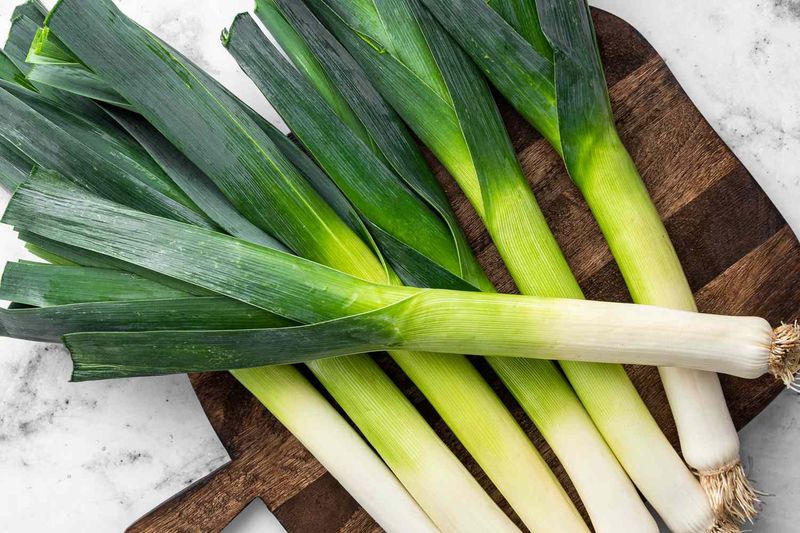
Remember when the Israelites complained in the wilderness about missing Egyptian leeks? These ancient alliums were so good they made the list of foods worth whining about during the Exodus!
Leeks have been cultivated for over 4,000 years and were especially beloved in Egypt. Pharaohs considered them sacred, believing leeks enhanced strength and battle prowess. Their mild, sweet onion flavor made them perfect for soups and stews in biblical times.
2. Mustard
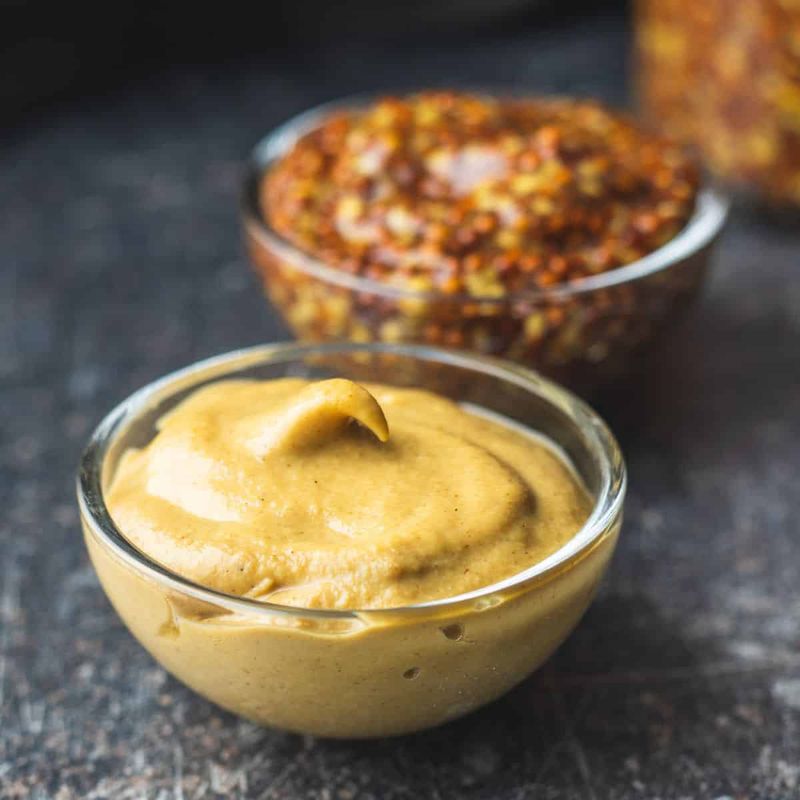
“The kingdom of heaven is like a mustard seed”—possibly the most famous biblical plant metaphor ever! Jesus wasn’t just being poetic; he was referencing something everyone knew: tiny seeds that grow into massive plants.
Wild mustard in the Middle East grows up to 10 feet tall from seeds smaller than pinheads. The ancient world used mustard medicinally long before it became a condiment. Ground seeds treated everything from toothaches to snake bites.
3. Cucumbers
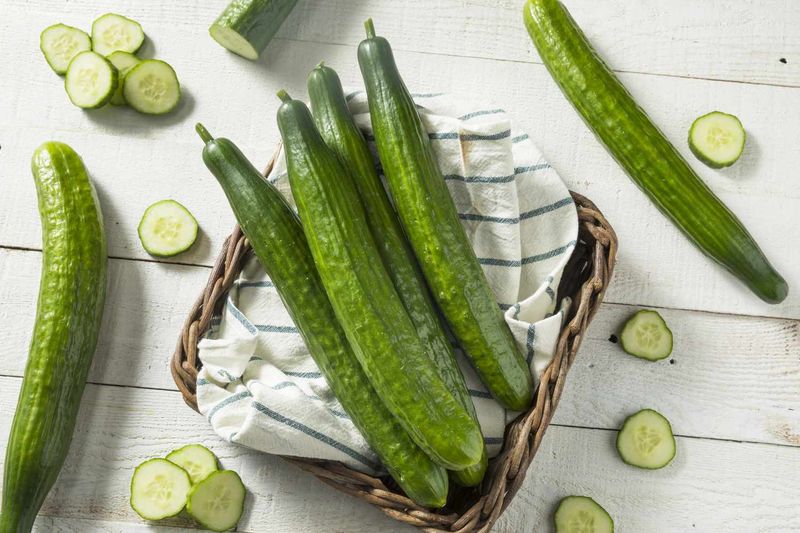
Craving cucumbers in the desert? The wandering Israelites sure did! These water-packed vegetables were desperately missed during their journey, mentioned specifically in Numbers 11:5 as one of Egypt’s delights they’d left behind.
Ancient Egyptian tomb paintings dating back to 3000 BCE show cucumbers being harvested. They were prized not just for eating but also for their cooling properties in hot climates—people would place cucumber slices on their eyes or skin for relief from the scorching sun.
4. Onions
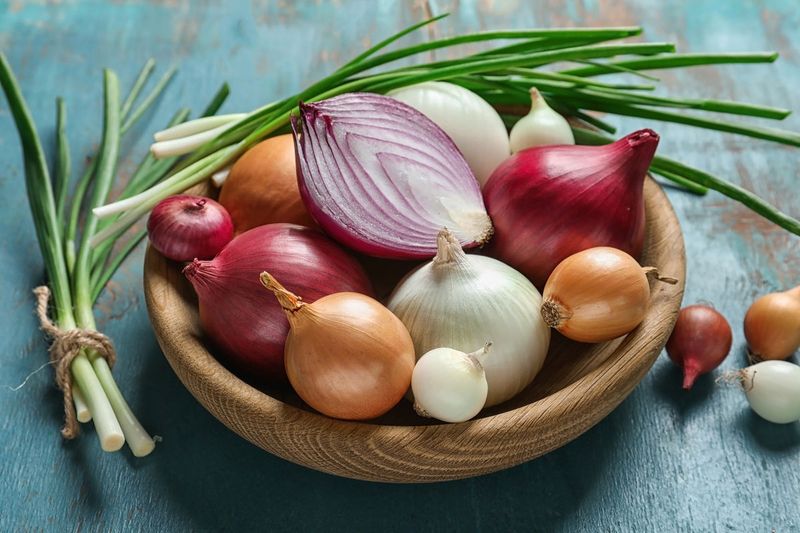
“We remember the fish we ate in Egypt at no cost—also the cucumbers, melons, leeks, onions and garlic!” The Israelites weren’t just complaining; they were mourning a genuine culinary loss. Onions were Egyptian superfoods!
Workers building the pyramids received onions as part of their daily rations. Archeologists found onions in King Tut’s tomb, believing they symbolized eternal life with their circle-within-circle structure. Egyptians even took oaths while holding onions, considering them sacred.
5. Almonds
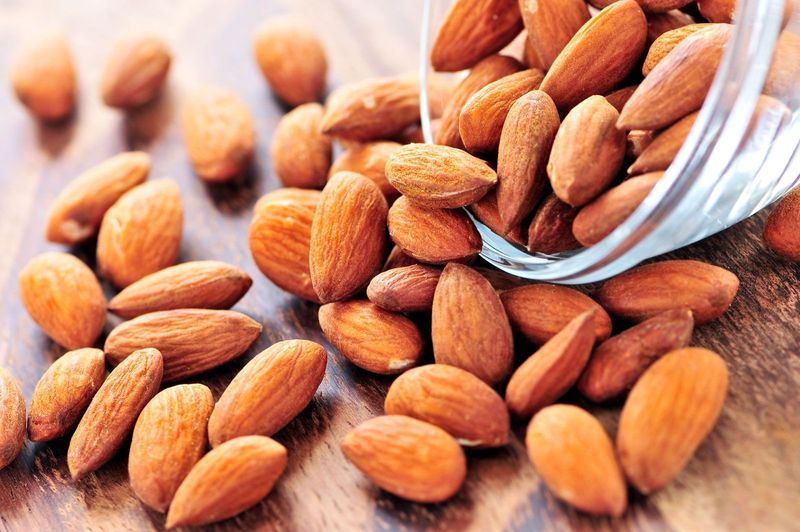
Aaron’s rod burst into almond blossoms overnight—talk about a dramatic botanical miracle! This wasn’t just any tree; almonds were symbols of God’s watchfulness and promise throughout Scripture.
The almond’s early-blooming white flowers made it a perfect metaphor for divine alertness. These nuts were so valued that Jacob sent them as gifts to the Egyptian vizier (his unrecognized son Joseph). The seven-branched menorah was even designed with almond-shaped cups!
6. Pistachios
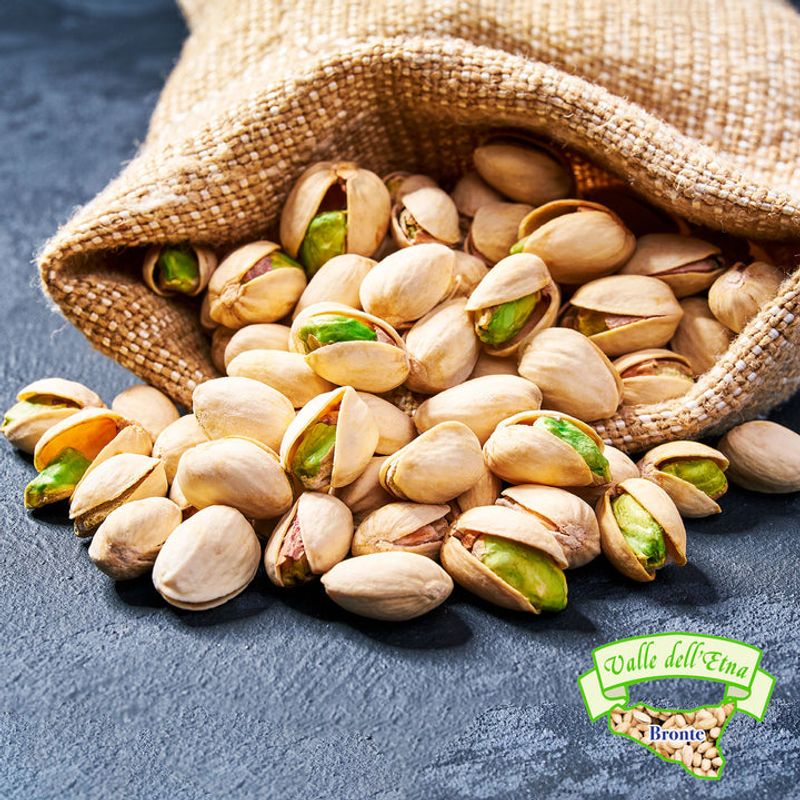
“Take the best products of the land…a little balm, a little honey, some spices and myrrh, some pistachio nuts and almonds.” When Jacob needed to impress Egypt’s second-in-command, pistachios made the gift basket!
These green treasures were luxury items in biblical times, reserved for royalty and diplomatic gifts. Native to the Middle East, pistachios were one of the few trees that thrived in semi-arid conditions. Their shells naturally split when ripe—a characteristic ancient people saw as a sign of abundance.
7. Garlic
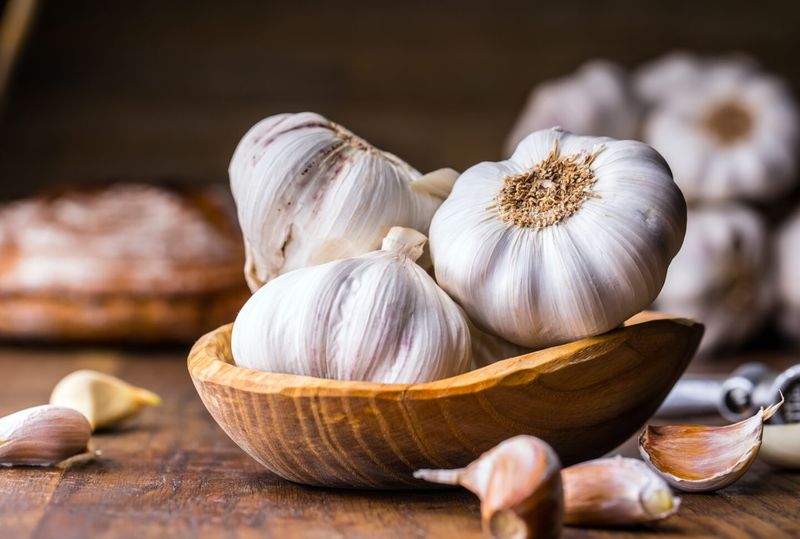
Garlic made Israelites homesick for Egypt! This pungent bulb was so beloved that its absence in the wilderness prompted complaints recorded for eternity in Numbers 11:5.
Ancient Egyptians worshipped garlic, literally. They swore oaths on it and fed massive quantities to slaves building the pyramids, believing it increased strength and endurance. Cloves were even found in Tutankhamun’s tomb! Roman soldiers and gladiators ate garlic before battle for courage.
8. Honey

“A land flowing with milk and honey” wasn’t just poetic language—it was God’s literal description of Canaan’s abundance! Biblical honey wasn’t the neat squeezable bear we know today; it was wild, raw, and sometimes dangerous to harvest.
Samson scooped honey from a lion carcass. Jonathan restored his strength with honeycomb during battle. John the Baptist survived on locusts and wild honey in the wilderness. This natural sweetener represented prosperity and God’s provision throughout Scripture.
9. Grapes
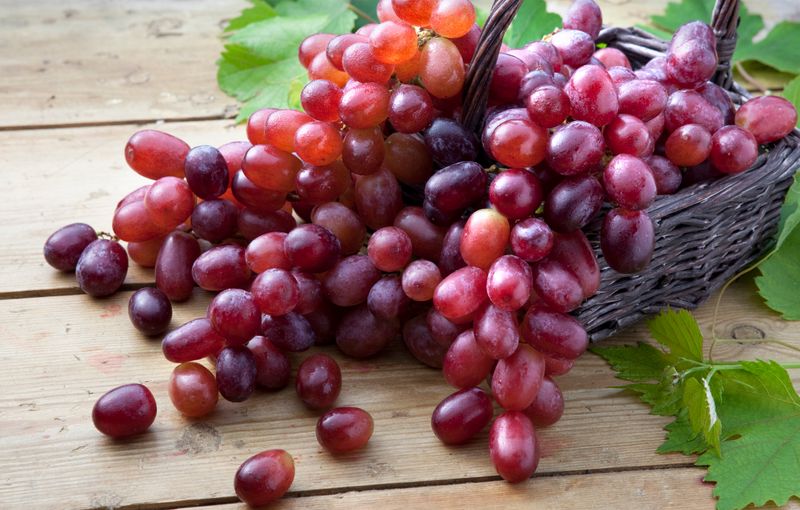
Joshua and Caleb lugged back a single cluster of grapes so massive it took two men to carry it! This wasn’t just fruit—it was proof of Canaan’s extraordinary fertility.
Grapes appear in over 50 Bible passages, from Noah planting the first vineyard to Jesus calling himself the “true vine.” Wine made from grapes accompanied celebrations and sacred moments throughout Scripture. The fruit represented abundance, joy, and divine blessing.
10. Barley
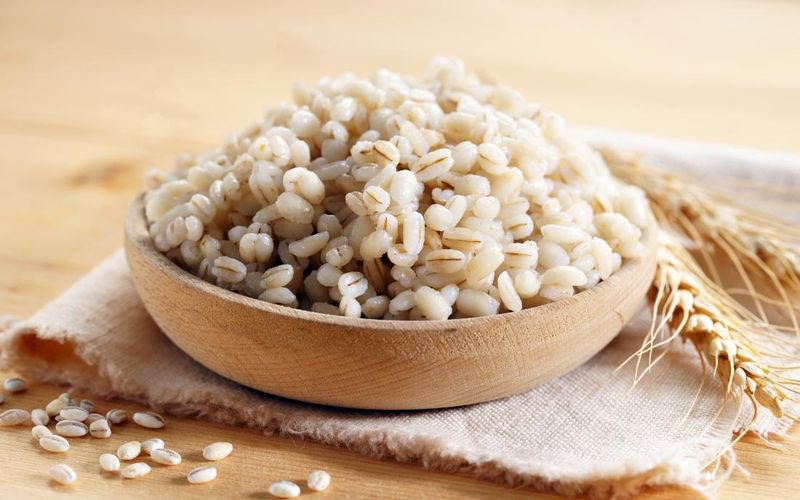
Five barley loaves fed five thousand people in Jesus’ hands! This humble grain—harvested during Passover season—became the star of one of the Bible’s most famous miracles.
Barley ripened earlier than wheat, making it the first grain harvested each spring. The poor preferred it because it was cheaper and more drought-resistant than wheat. Ruth gleaned barley in Boaz’s fields, beginning one of the Bible’s greatest love stories.
11. Olives
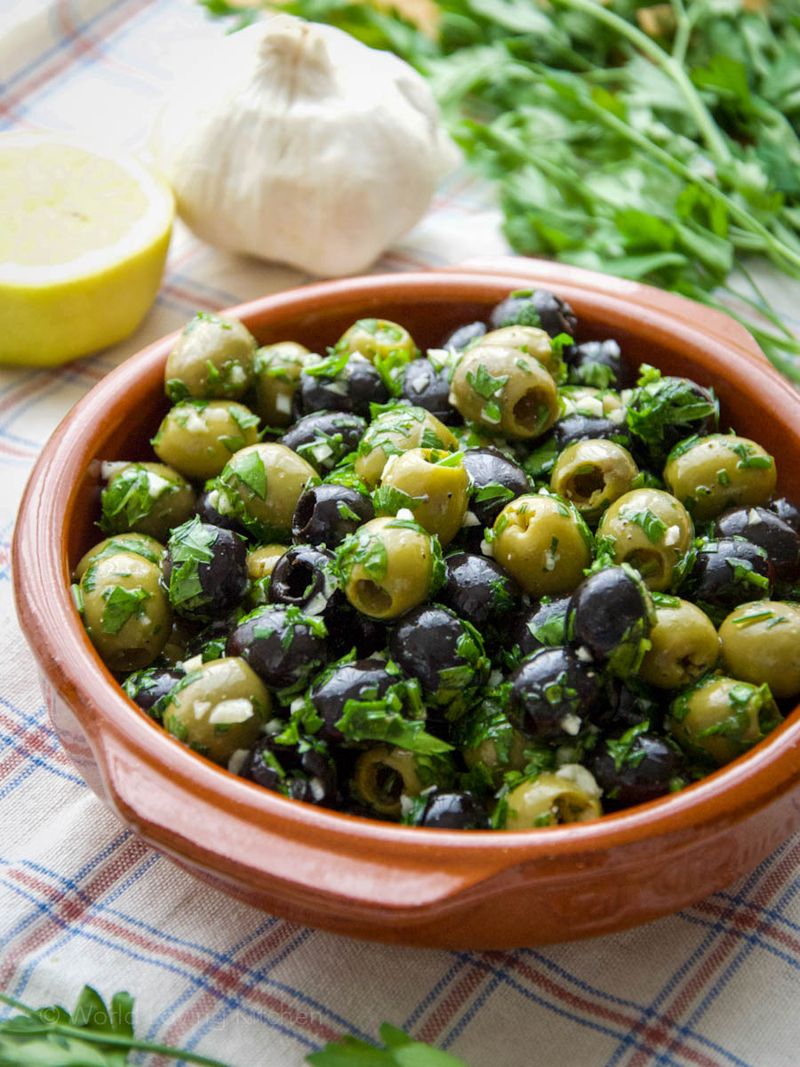
Mount of Olives. Garden of Gethsemane (which means “olive press”). Jesus prayed among olive trees before his crucifixion—trees that may still stand today, as olives can live 2,000+ years!
These trees were agricultural powerhouses in biblical times. Olive oil lit lamps, anointed kings, healed wounds, cooked food, and symbolized the Holy Spirit. The olive branch became an eternal peace symbol after Noah’s flood.
12. Figs
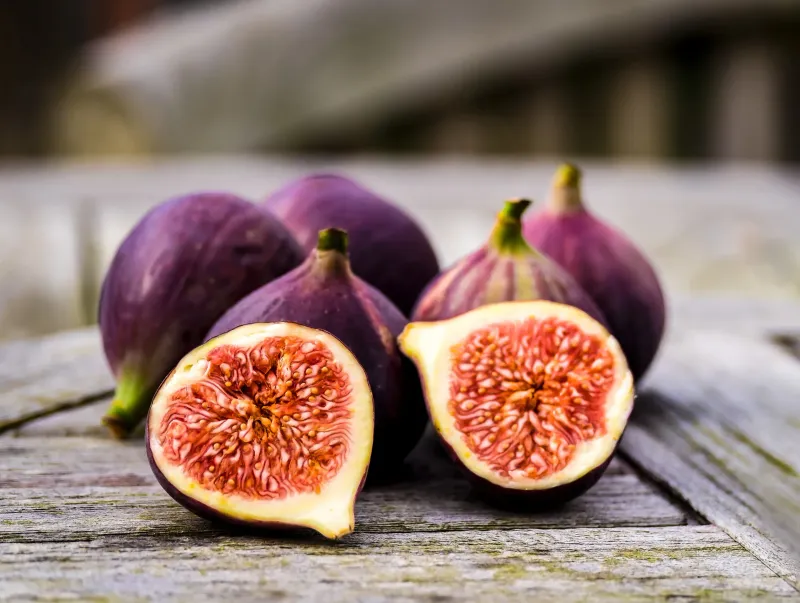
Fig leaves became humanity’s first clothing! Adam and Eve’s hasty tailoring marks just the beginning of the fig’s biblical journey. Jesus cursed a fruitless fig tree, used figs in parables, and King Hezekiah was healed by a fig poultice.
Ancient people dried figs for year-round sweetness before sugar existed. The trees provided dense shade in hot climates and often symbolized peace and prosperity. “Every man under his vine and fig tree” represented the ultimate good life in biblical times.
13. Lentils
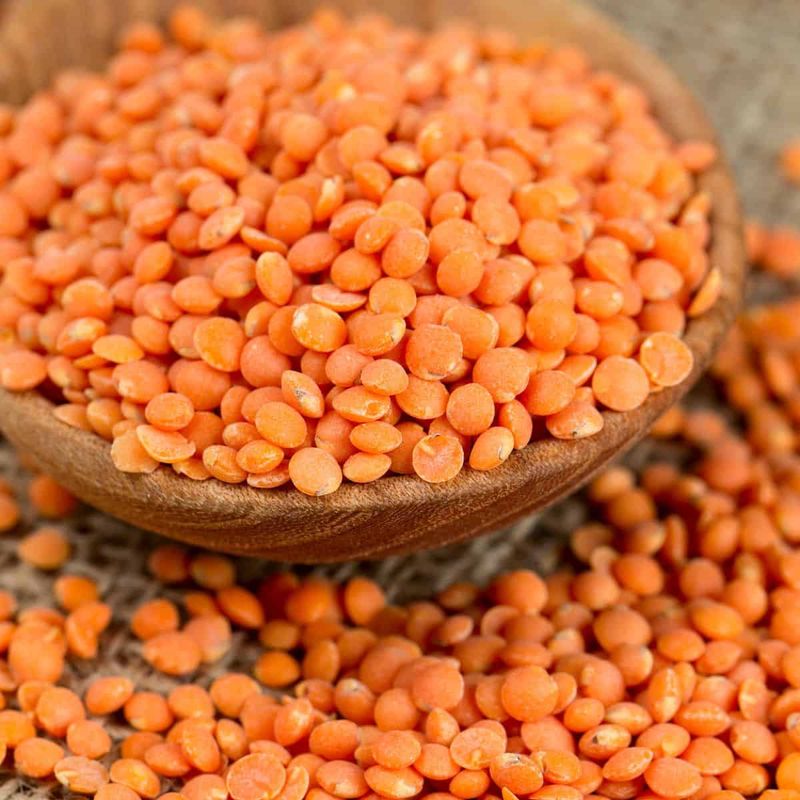
Hungry enough to trade your future for soup? Esau was! He sold his birthright to Jacob for a pot of red lentil stew—possibly history’s worst trade deal ever.
Lentils were survival food in biblical times—cheap, drought-resistant, and protein-packed. Ezekiel was commanded to make bread with lentils during a prophetic demonstration. These humble legumes provided reliable nutrition when meat was scarce or unaffordable.
14. Pomegranates
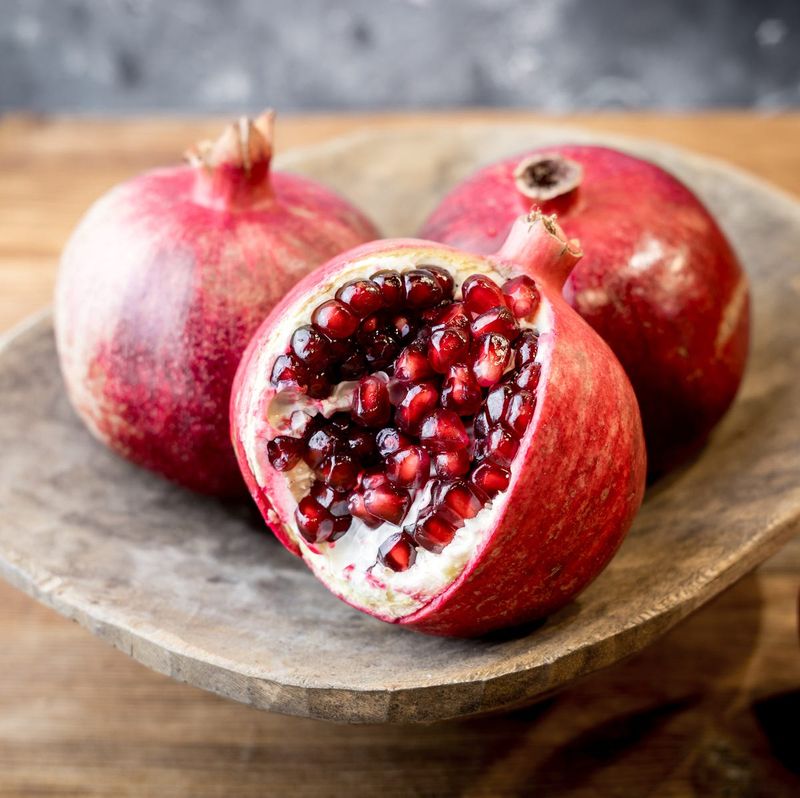
Solomon’s temple featured 400 pomegranate decorations! These weren’t random design choices—pomegranates symbolized fertility, abundance, and blessing throughout Scripture.
With their crown-like tops and ruby seeds, pomegranates adorned priestly garments and inspired architectural details. The fruit’s many seeds represented prosperity and God’s bountiful blessings. Some traditions claim pomegranates contain exactly 613 seeds—matching the 613 commandments in Torah!
15. Dates
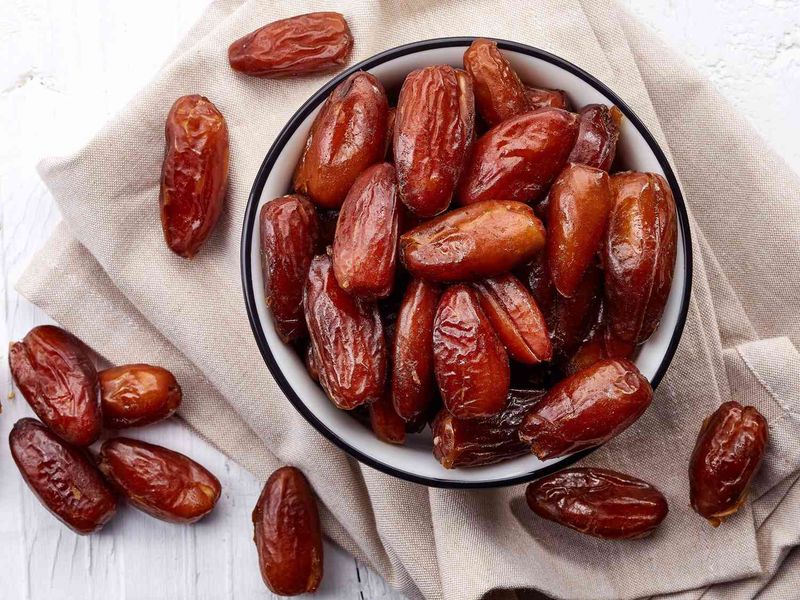
“The righteous will flourish like a palm tree”—Psalm 92:12 wasn’t just poetic; it was agricultural truth! Date palms thrived where other plants failed, producing sweet fruits that sustained desert travelers for millennia.
Jericho was called “City of Palms” for its date groves. These trees provided food, shade, building materials, and medicinal remedies. Dates were so valuable they appeared on ancient coins! Their natural sugars made them portable energy for travelers and warriors alike.

